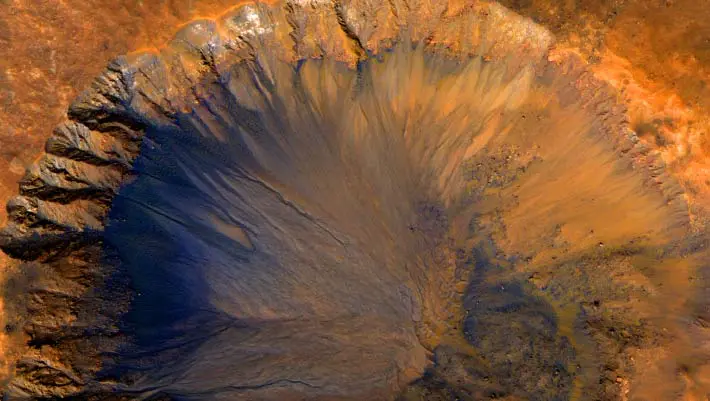Slope streaks are dark features on Martian slopes that form spontaneously and fade over years to decades. Some planetary scientists have interpreted those streaks as liquid flows, suggesting the possibility of currently habitable environments on Mars. But new research by Brown University and the University of Bern points to a different explanation — dry process related to wind and dust activity.

Support authors and subscribe to content
This is premium stuff. Subscribe to read the entire article.
Login if you have purchased
